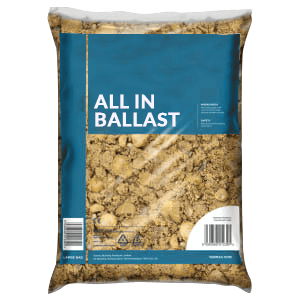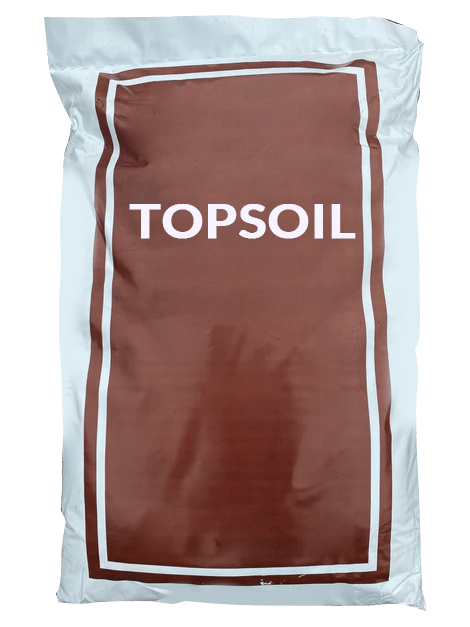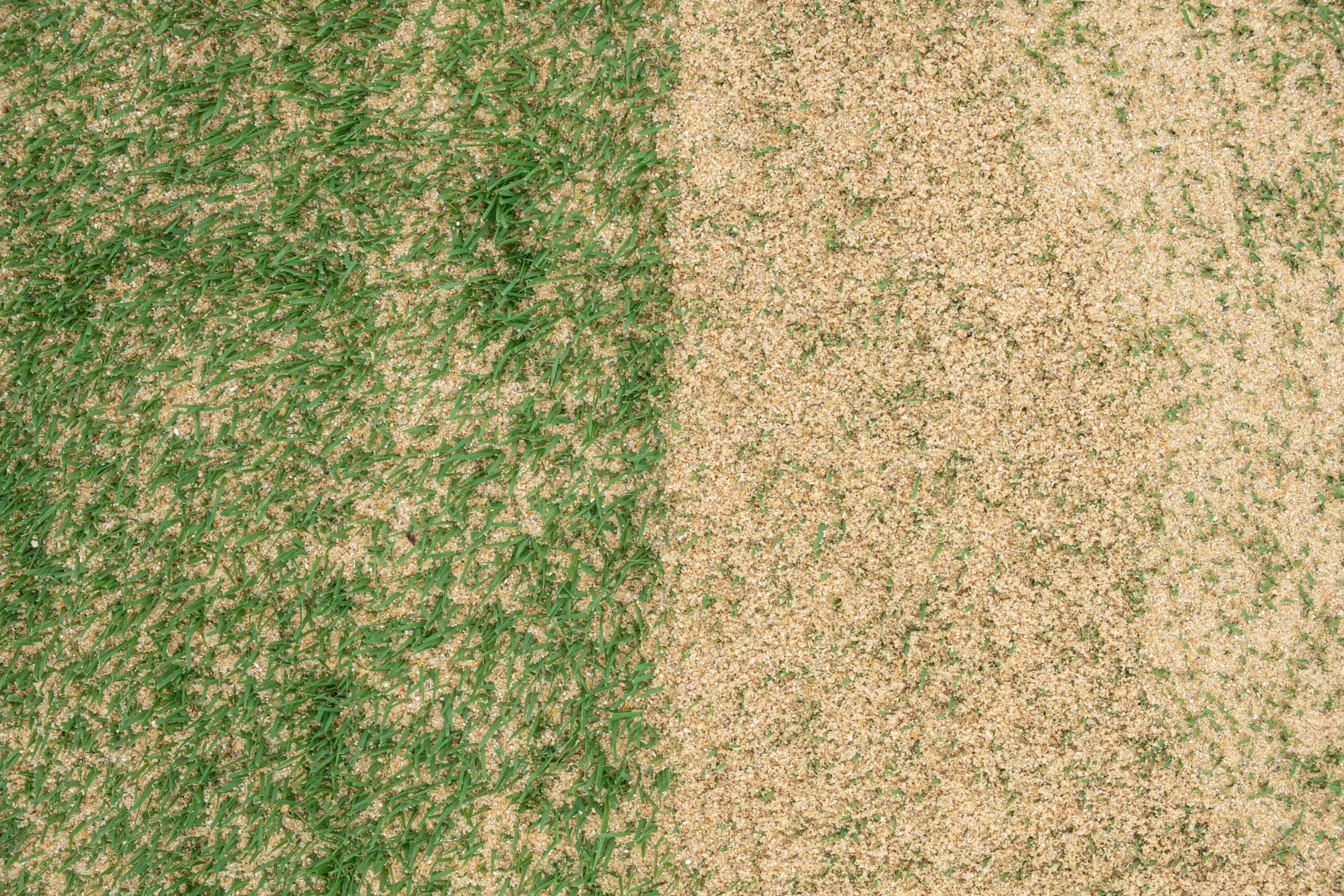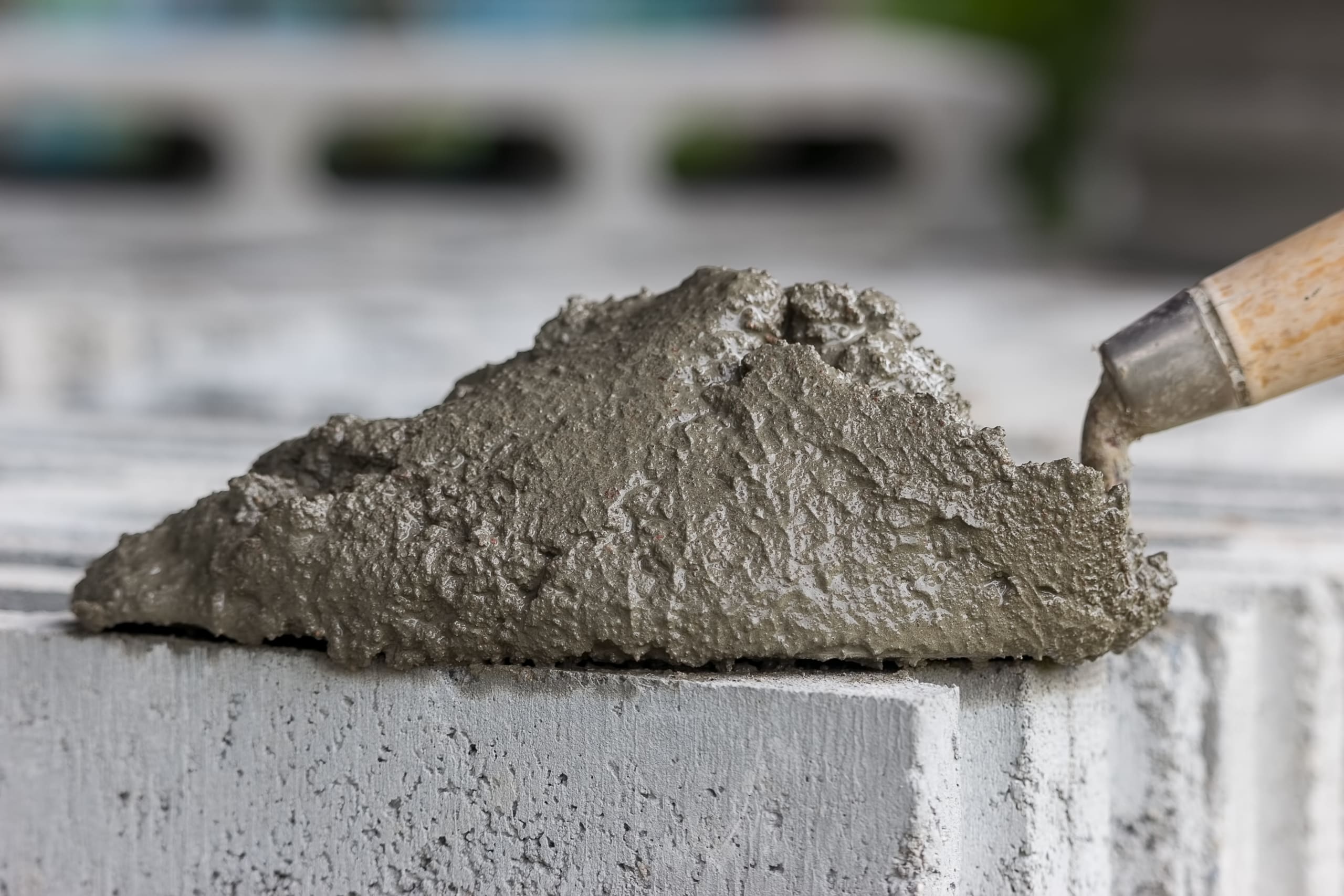Sand & Aggregates
(20 Products)Sand and aggregate products are simply indispensable in the building industry. Aggregates are essential components of concrete and mortar production, thus forming an integral part in the construction of urban infrastructure such as highways, walkways, parking lots, airport runways and railways to name a few. We stock an extensive selection of bulk bags including cement, gravel, ballast and a variety of sands to fulfil a wide range of requirements and building projects.




































